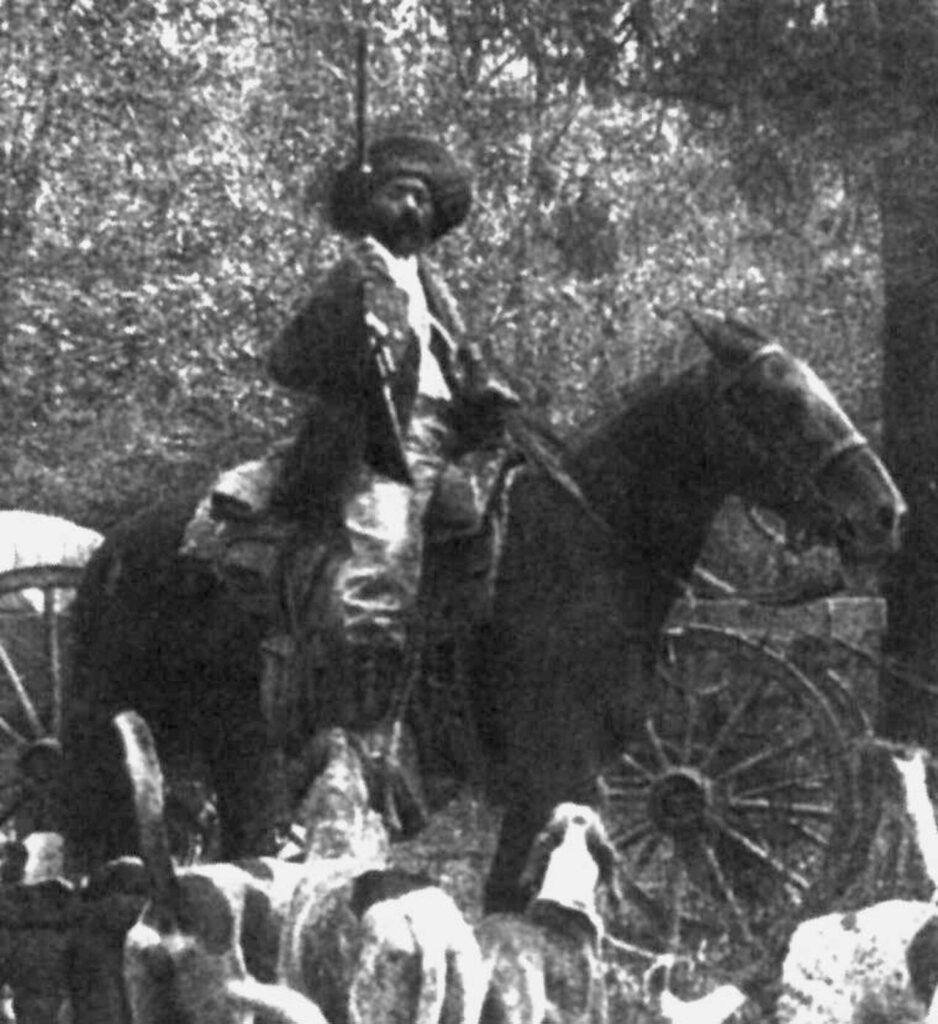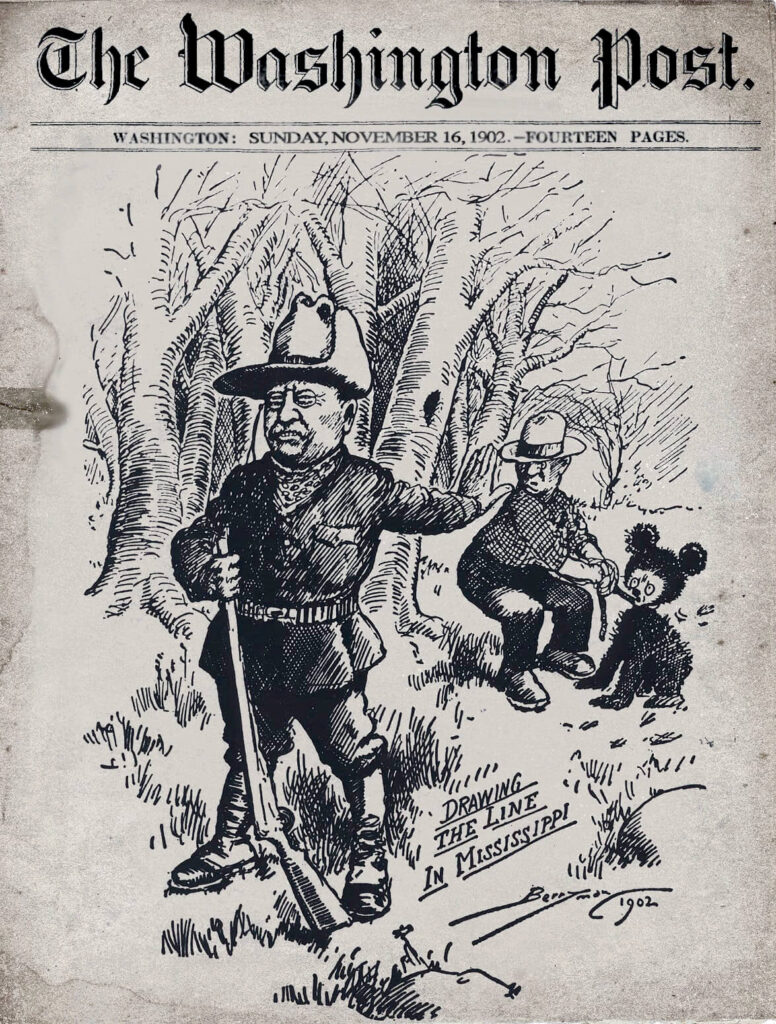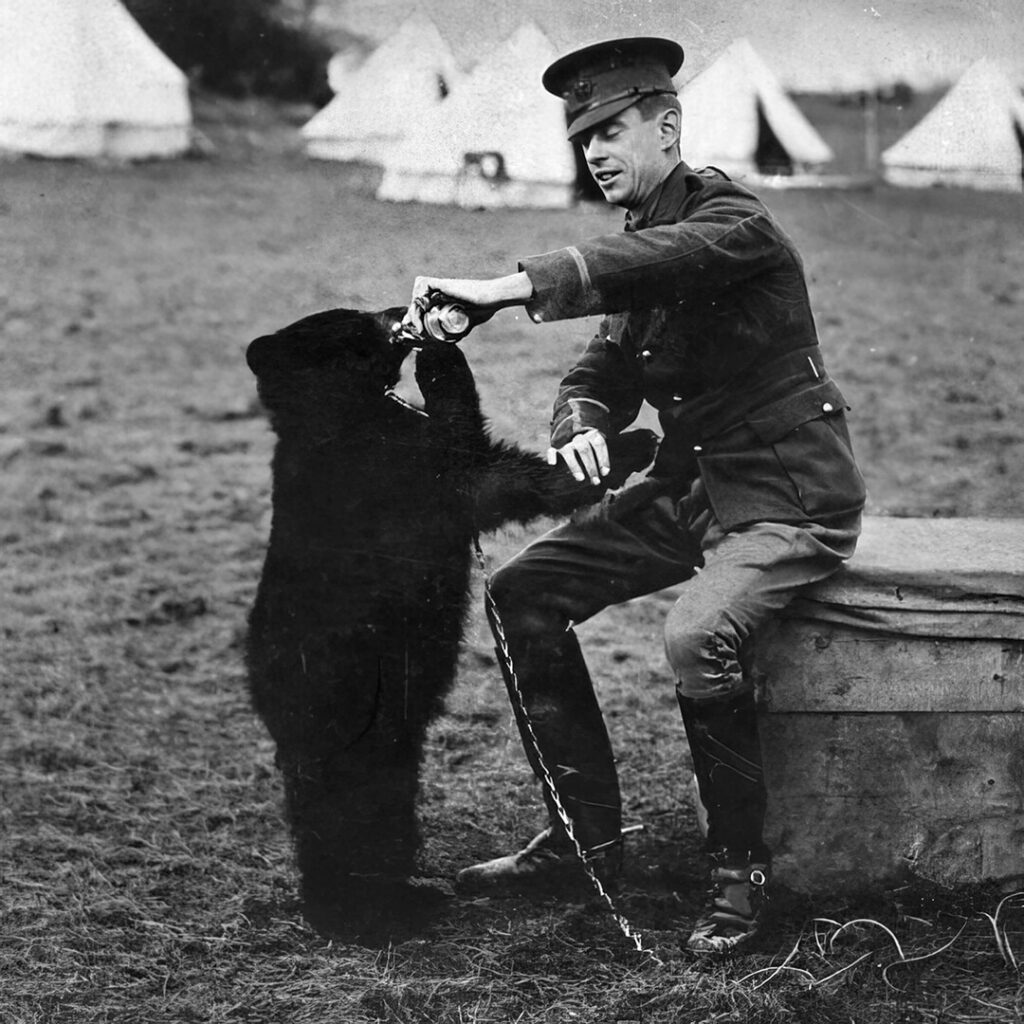The Stabbed Transitional Object and a Society That Has Forgotten How to Console.
The starting point for this article is a 2009 lecture by Donna Varga, Professor of Childhood Studies at Mount Saint Vincent University in Halifax, entitled “Teddy Bear Culture: Childhood Innocence and the Desire for Adult Redemption.”
Varga is a scholar whose work explores pedagogy, childhood culture, and the symbolic narratives embedded in media and everyday objects. In her talk, she examined how the teddy bear, once a simple toy, has evolved into a powerful vessel for emotional projection and nostalgia—revealing a deeper human longing for redemption and comfort.
In her analysis, the teddy bear emerges not just as a companion of childhood, but as a transitional object pierced by the longings of adulthood. It has become a vessel for projecting nostalgia, comfort, and the aching desire for redemption. No longer confined to the nursery, it is now a repository for our unspoken need to be consoled—an emblem of an emotional grammar that contemporary society seems increasingly to have lost the ability to speak.
What remains today of the teddy bear? Who, in truth, has killed it?
Before recounting the controversy that, for days now, has inflamed local and national media—with many questioning whether this can truly be called art, or whether such a traumatising image should have been placed right at the motorway exit—it is worth taking a step back.
To better understand its symbolic weight, we need to look at how, in twentieth-century Western culture, two bears came to represent two fundamental narrative archetypes.
On one side, we have the Teddy Bear—whose origins trace back to an episode in 1902 in Mississippi. President Theodore Roosevelt (1858–1919) had travelled there to mediate a border dispute between Louisiana and Mississippi and, taking advantage of the trip, joined a hunting expedition organised by local hunters.
Leading the expedition was Holt Collier (1848–1936), a former African American slave and veteran of the Confederate Civil War (1861–1865), in which he had served as a guide and attendant within the Confederate ranks—an emblem of a South still profoundly marked by racial subjugation. After the war, Collier’s remarkable skills as a hunter earned him respect and recognition in a world that had yet to fully acknowledge the dignity of formerly enslaved people.
Within this imposed silence lies the paradox of Holt Collier: an invisible architect behind one of the most powerful childhood myths of the twentieth century.

Collier knew intimately the treacherous terrain, hidden trails, and untamed wilderness of the Mississippi Delta swamps.
A legendary figure in his own right, he had more bear kills to his name than any hunter of his era—surpassing even the iconic feats of Daniel Boone (1734–1820) and Davy Crockett (1786–1836), those foundational heroes of the American frontier myth. It was in their honour that Theodore Roosevelt himself founded the prestigious Boone and Crockett Club, aimed at promoting a new ethical approach to hunting. It was Collier who tracked and exhausted the bear after having positioned Roosevelt at a carefully chosen strategic post, one he knew the animal would likely pass through. And indeed, the plan worked: the bear did emerge at that very spot—but to Collier’s frustration, the president had already left, having returned to base camp. Determined not to let the opportunity slip away, Collier continued the chase alone. He managed to corner the bear in a swampy thicket, where he finally subdued it—striking it unconscious with the butt of his rifle.

The act was immortalised by illustrator Clifford Berryman (1869–1949) in a now-iconic cartoon published in The Washington Post on 16 November 1902. Entitled “Drawing the Line in Mississippi”, it depicted the bear not as a fearsome creature, but as a helpless cub, tied to a tree, while Roosevelt nobly refuses to shoot.
Through its simple yet evocative composition, the image constructed a heroic and compassionate narrative, cloaking the brutality of the real event beneath a veneer of moral dignity.
The cartoon struck a chord with the public: it was reproduced, debated, reinterpreted—elevating Roosevelt’s gesture to the status of national legend. The press transformed it into myth, and the birth of the “Teddy Bear” was merely the first commercial outcome of a broader process of collective myth-making.
Thus was born the Teddy Bear—first as a toy, then as an emotional archetype of American childhood.
Yet beneath the soft synthetic fur remained an ambiguous gesture: an act of violence transfigured into compassion. On the other side stands Winnie-the-Pooh, whose origins lie in an act of genuine, everyday affection.
In 1914, a young Canadian military veterinarian, Harry Colebourn (1887–1947), enlisted in the Royal Canadian Army Veterinary Corps, was en route to the European front. During a stop at White River railway station in Ontario, he noticed a black bear cub being sold by a trapper. He purchased it for twenty dollars—the equivalent of around 370 euros today—and named her “Winnie” after his hometown of Winnipeg, where he lived and worked. Winnie became the unofficial mascot of the Canadian Second Infantry Brigade, accompanying Colebourn as far as England. When the brigade was deployed to the front lines in France, Colebourn, believing it was the safest option, entrusted the bear to the London Zoo. It was there that Winnie soon became a beloved attraction for London’s children—among them a young boy named Christopher Robin Milne. The child formed a special bond with the bear, who would later inspire his father, A.A. Milne (1882–1956), to create the timeless world of Winnie-the-Pooh—a gentle, poetic universe inhabited by imaginary animals that embody the emotional subtleties of childhood.

Both bears represent a passage: from nature to culture, from the wild to the symbolic, from reality to fairy tale.
Yet while the Teddy Bear emerges from a public event and becomes privatised—as a toy—Winnie is born from a private gesture and becomes universal—as a story. In the former, we find the redemption of violence; in the latter, the preservation of tenderness.
At the Versilia exit of the A12 motorway lies a teddy bear, sprawled on the ground. Its limp bronze body no longer evokes softness, but violence. A blade pierces its chest, striking at the heart.
This is Poor Teddy in Repose, the provocative new monumental sculpture by American artist Rachel Lee Hovnanian, recently installed in the town of Pietrasanta. And it has already sparked fierce controversy. The artist’s intent is clear: to denounce the death of the childhood fetish-object—the cuddly toy—abandoned and forgotten beneath beds, sacrificed on the altar of a new digital religion built on screens, apps, and blue lights. Children no longer fall asleep clutching a teddy bear; they drift off holding a digital device. But beyond its visual impact and the ethical narrative proposed by the artist, Hononian’s work raises a far deeper question—one that deserves to be considered through the lens of psychoanalytic theory.
In particular, through the concept of the “transitional object” as formulated by Donald Winnicott in 1951 (Transitional Objects and Transitional Phenomena – A Study of the First Not-Me Possession).
According to Winnicott, the transitional object is that first chosen item—a bridge between maternal symbiosis and the emergence of the autonomous self. Often it is a blanket, a soft toy, or indeed, a teddy bear. It is not merely a plaything. It is a talisman: it absorbs the scent of the mother, soaks up tears, becomes the target of love and rage—but never retaliates. It helps to create a neutral space between the inner and outer world. “It is not the object itself that carries meaning,” wrote Winnicott, “but the role it plays in the moment the child invests it with emotional significance.”

Poor Teddy in Repose is not merely a lament for the obsolescence of the soft toy—it is a requiem for emotional imagination itself.
The blade in its chest stands as a symbol of cultural rupture. Something has broken. In our post-digital society, transitional objects have gradually been replaced by instruments of cold, unaffective mediation—tools that connect, perhaps, but do not console. Today, the child no longer clutches an object they have chosen, loved, and emotionally invested in, but rather one that is assigned to them—often as a tool of delegated education or as a surrogate for presence.
These are the transitional objects 2.0: devices designed to entertain but incapable of containing. The smartphone—ubiquitous and all-consuming—captures the gaze, but offers no emotional projection in return.
It has no scent, no patina of age, no trace of the hands that once held it. It cannot be loved—only used.
The tablet, disguised as a cuddly toy with baby-proof covers, attempts to mimic the warmth of a traditional plush, but remains a machine—a simulacrum. Interactive avatars—from tamagotchis to digital pets—may respond to commands, but they are not chosen; they are manufactured, not elected. Voice assistants—Alexa, Siri—can converse, but they do not console, do not embrace, do not give back. The interaction is functional, never emotional. And then there are the social-toys: emojis, likes, reels. Connections that are shared, liquid, but never intimate.
The child does not retreat into them—they are exposed through them. In this new dimension, intimacy is not built—it dissolves into performance. These objects do not transition. They do not ferry the self toward emotional autonomy. They do not build refuges. They are cold, replicable, and endlessly updatable.
Poor Teddy in Repose compels us to confront a trauma that does not belong solely to the child, but to the adult as well:
we no longer know how to console, because we have forgotten how to symbolise. We have mistaken care for connection, presence for notification. Perhaps this is why the sculpture unsettles us. Why it disturbs. Because it speaks of us. Of the adult who no longer has their teddy bear—and therefore cannot recognise the pain of those who have lost theirs.
And so the blade in the chest is not merely an artistic gesture. It is a diagnosis!
A world that no longer safeguards its transitional objects is a world that has ceased to grow.

